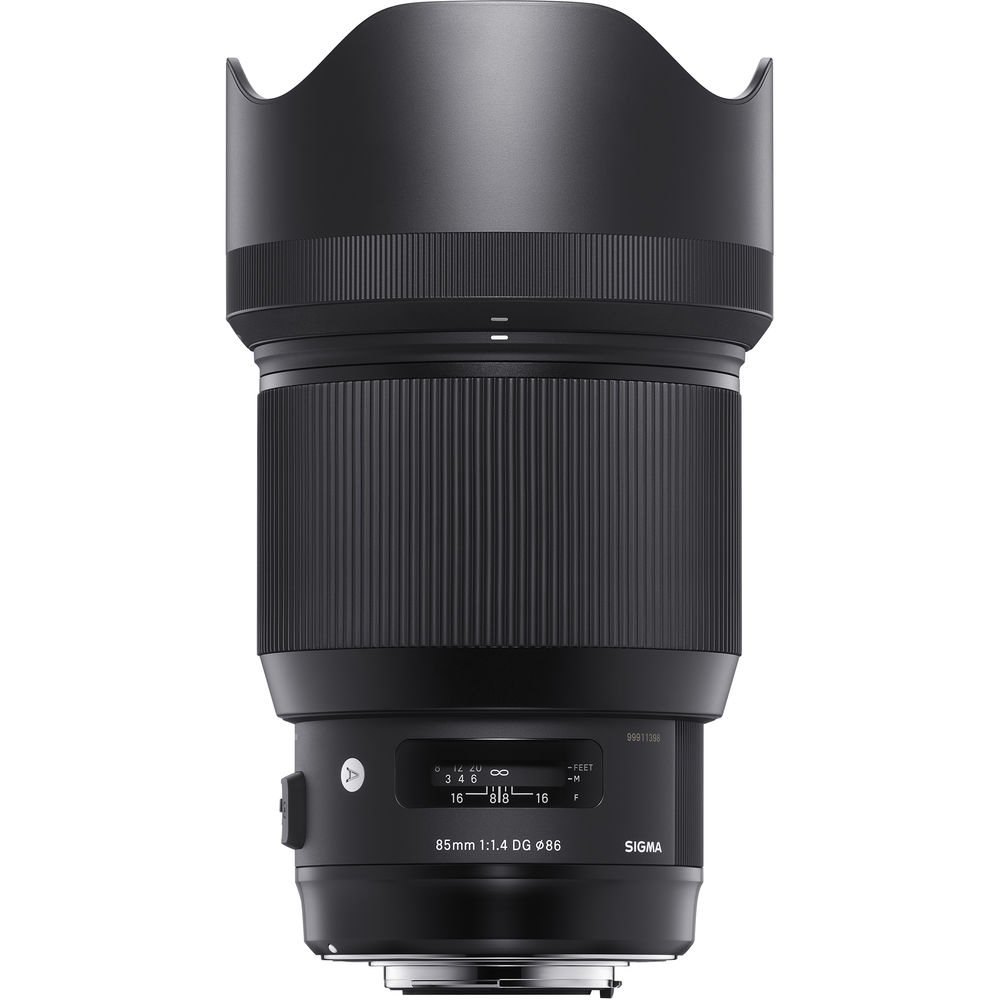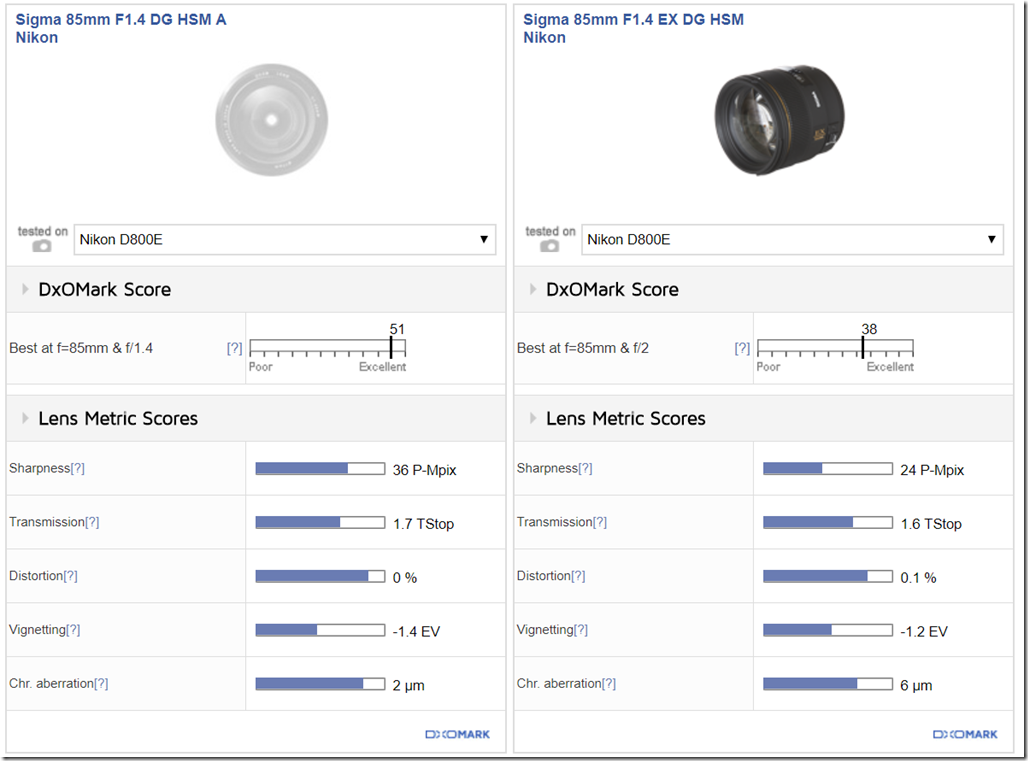- Photo Safaris
- Alaska Bears & Puffins World's best Alaskan Coastal Brown Bear photo experience. Small group size, idyllic location, deluxe lodging, and Puffins!
- Participant Guestbook & Testimonials Candid Feedback from our participants over the years from our photo safaris, tours and workshops. We don't think there is any better way to evaluate a possible trip or workshop than to find out what others thought.
- Custom Photo Tours, Safaris and Personal Instruction Over the years we've found that many of our clients & friends want to participate in one of our trips but the dates we've scheduled just don't work for them or they'd like a customized trip for their family or friends.
- Myanmar (Burma) Photo Tour Myanmar (Burma) Photo Tour December 2017 -- with Angkor Wat option
- Reviews Go hands-on
- Camera Reviews Hands-on with our favorite cameras
- Lens reviews Lenses tested
- Photo Accessories Reviews Reviews of useful Photo and Camera Accessories of interest to our readers
- Useful Tools & Gadgets Handy tools and gadgets we've found useful or essential in our work and want to share with you.
- What's In My Camera Bag The gear David Cardinal shoots with in the field and recommends, including bags and tools, and why
- Articles About photography
- Getting Started Some photography basics
- Travel photography lesson 1: Learning your camera Top skills you should learn before heading off on a trip
- Choosing a Colorspace Picking the right colorspace is essential for a proper workflow. We walk you through your options.
- Understanding Dynamic Range Understanding Dynamic Range
- Landscape Photography Tips from Yosemite Landscape Photography, It's All About Contrast
- Introduction to Shooting Raw Introduction to Raw Files and Raw Conversion by Dave Ryan
- Using Curves by Mike Russell Using Curves
- Copyright Registration Made Easy Copyright Registration Made Easy
- Guide to Image Resizing A Photographers' Guide to Image Resizing
- CCD Cleaning by Moose Peterson CCD Cleaning by Moose Peterson
- Profiling Your Printer Profiling Your Printer
- White Balance by Moose Peterson White Balance -- Are You RGB Savvy by Moose Peterson
- Photo Tips and Techniques Quick tips and pro tricks and techniques to rapidly improve your photography
- News Photo industry and related news and reviews from around the Internet, including from dpreview and CNET
- Getting Started Some photography basics
- Resources On the web
- My Camera Bag--What I Shoot With and Why The photo gear, travel equipment, clothing, bags and accessories that I shoot with and use and why.
- Datacolor Experts Blog Color gurus, including our own David Cardinal
- Amazon Affiliate Purchases made through this link help support our site and cost you absolutely nothing. Give it a try!
- Forums User to user
- Think Tank Photo Bags Intelligently designed photo bags that I love & rely on!
- Rent Lenses & Cameras Borrowlenses does a great job of providing timely services at a great price.
- Travel Insurance With the high cost of trips and possibility of medical issues abroad trip insurance is a must for peace of mind for overseas trips in particular.
- Moose Peterson's Site There isn't much that Moose doesn't know about nature and wildlife photography. You can't learn from anyone better.
- Journeys Unforgettable Africa Journeys Unforgettable -- Awesome African safari organizers. Let them know we sent you!
- Agoda International discounted hotel booking through Agoda
- Cardinal Photo Products on Zazzle A fun selection of great gift products made from a few of our favorite images.
- David Tobie's Gallery Innovative & creative art from the guy who knows more about color than nearly anyone else
- Galleries Our favorite images
Sigma 85mm f/1.4 Art lens field tested: Sweet!
Sigma 85mm f/1.4 Art lens field tested: Sweet!
Submitted by David Cardinal on Wed, 10/11/2017 - 16:37
 Regular readers know that as someone who does a lot of wildlife and sports photography, the long lenses in my camera bag usually don’t leave much room for high-quality (read Large) prime lenses. So I took advantage of a recent hiatus between trips to get review units of two of the sharpest primes to test out with my new Nikon D850. First up is the highly-rated Sigma 85mm f/1.4 Art lens.
Regular readers know that as someone who does a lot of wildlife and sports photography, the long lenses in my camera bag usually don’t leave much room for high-quality (read Large) prime lenses. So I took advantage of a recent hiatus between trips to get review units of two of the sharpest primes to test out with my new Nikon D850. First up is the highly-rated Sigma 85mm f/1.4 Art lens.
Sigma 85mm f/1.4 Art Lens by the numbers
 This is a big lens, weighing in at just over 2.5 pounds (heavier than Nikon’s own – Sigma claims 39.9 ounces, but with lens shade my review unit weighed just over 40 ounces). It features a very solid build and chic black design. You definitely feel like you are using a state-of-the-art professional lens when you pick it up. Autofocus is very fast (at least with the Nikon D850), which you’d expect from a high-performance prime with an ultrasonic focusing motor that Sigma says is 1.3x more powerful than the one in its predecessor. Full-time manual focus over-ride is available by simply turning the focus ring. The lens itself consists of 14 elements in 12 groups, with a 9-blade rounded diaphragm for natural Bokeh. The elements have been upgraded over the previous version with new anti-reflective coatings. It can focus down to 33.5 inches, and takes an unusually-sized 86mm screw-in filter.
This is a big lens, weighing in at just over 2.5 pounds (heavier than Nikon’s own – Sigma claims 39.9 ounces, but with lens shade my review unit weighed just over 40 ounces). It features a very solid build and chic black design. You definitely feel like you are using a state-of-the-art professional lens when you pick it up. Autofocus is very fast (at least with the Nikon D850), which you’d expect from a high-performance prime with an ultrasonic focusing motor that Sigma says is 1.3x more powerful than the one in its predecessor. Full-time manual focus over-ride is available by simply turning the focus ring. The lens itself consists of 14 elements in 12 groups, with a 9-blade rounded diaphragm for natural Bokeh. The elements have been upgraded over the previous version with new anti-reflective coatings. It can focus down to 33.5 inches, and takes an unusually-sized 86mm screw-in filter.
The lens can be used with Sigma’s USB Dock for updating and tuning.

Street scene: Nikon D850, Sigma 85mm f/1.4 Art lens, 1/500s @ f/8, ISO 200
f/1.4 can make Art better than life
One of the big payoffs of upgrading to a super-fast lens like this one is the shallow depth of focus you can achieve and use to great effect in isolating and highlighting your subject. With smartphones or standalone cameras used with small apertures most of the scene is roughly in focus. With wide apertures both the background and foreground are smoothly blurred. One issue this addresses for photographers is that when viewing a person or a scene ourselves, our eyes and brains isolate the subject automatically. When we are staring at the same scene on paper or a screen, we don’t have access to the same 3D cues, and the scene tends to appear more jumbled together. This photo of a backlit pine tree shot at f/1.4 actually does a better job of separating the tree from the background than my eye was able to do:
 Example of how f/1.4 can isolate a subject while keeping it sharp
Example of how f/1.4 can isolate a subject while keeping it sharp
Comparing the new Art lens to the older Sigma 85mm f/1.4 lens
I own the older Sigma 85mm f/1.4 lens, and have used it for many portrait shoots and in studio situations over the years. Clearly though, if I want to get the most out of my new camera, I’ll need to bite the bullet and upgrade to the Art lens. You can see the difference in this DxOMark comparison of the two on the Nikon D800E (they haven’t been tested on the D850, so that’s about as close a match as possible).
With Art and Sport Sigma goes head to head with Nikon and Canon
For most of the last decade Sigma has been known for making affordable alternatives to OEM lenses from Nikon, Canon, and Sony. They’ve typically been lighter, less-expensive, and featured a little less build quality. Some of them have been truly excellent but few were set to directly challenge camera vendors Pro lens lines. With Sigma’s launch of its Art and Sport lines, that’s changed. Sigma’s Art and Sport lenses are still somewhat less expensive, but they are built like tanks, and in some cases heavier, and sharper, than their OEM competitors. For example the Sigma 85mm f/1.4 Art lens is about 1/2 pound heavier than the Nikon 85mm f/1.4G Lens. It also manages to be a few hundred dollars less expensive ($1200 versus $1600), while still being one of the sharpest lenses DxOMark has ever tested.

Technically the Sigma 85mm f/1.4 Art lens does have a tiny amount of distortion, and a little bit of vignetting,
but it is fixed accurately and silently if you use software with lens profiles. If you want to see for yourself, capture
a Raw image and then click the Lens corrections on and off. In the case of this image you can barely see a difference.
Nikon D850, Sigma 85mm Art lens, 1/180s @ f/6, ISO 100
A great Street Photography lens, but far from subtle
The focal length and performance make this lens technically ideal for many styles of street photography, but by the time you attach it to a pro DSLR like the Nikon D850 (or even more so to the Nikon D5) it is the opposite of subtle. Even if you’ve made eye contact with someone, the combined size of the device you’ll be pointing at them is likely to provoke something of a reaction.

This un-touched JPEG from the Nikon D850 and Sigma 85mm f/1.4 Art lens shows what the combo is capable of.
To see a more complete gallery of my sample images from the Nikon D850, Click Here.
(Note – Some were taken with the Sigma 24mm, the rest with the Sigma 85mm)
Not all lens test scores are created equal
While DxOMark helpfully provides an Overall score, I think it is important to dig below that and look at some of the specific scores and measurement data. Often, a lens’s strengths or weaknesses may be apertures you don’t use, or for lighting conditions you don’t have. Also, not all defects are equally simple to correct. For example, a lack of resolution is very hard to fix in post-processing – but if you are posting to social media, you may never need the 36MP the Art lens can resolve. Similarly, Vignetting and Distortion are relatively simple for software to remove in post-processing (especially if the software has a profile for the lens), while chromatic aberration is very hard to remove.
Is the Sigma 85mm f/1.4 Art Lens for you?
If you are serious about 85mm in your photography, and have the room (and can carry the 2.5 pounds) this lens is an amazing option that won’t break the bank. You will probably need new filters (if you use filters) because of its relatively-unusual 86mm thread size. It also doesn’t have image stabilization. That’s fairly typical of super-fast primes, but if you’re not a steady shooter or find yourself needing to use long shutter speeds hand held, then you may want to look elsewhere. The good news is that the lens is surprisingly-reasonably priced compared to its performance, at $1199 from B&H.
Sample image Gallery
This gallery of my sample images taken with my Nikon D850 are using either the Sigma 85mm f/1.4 Art lens or the Sigma 24mm f/1.4 Art lens, that we’ll have a more complete review of posted soon:
Sigma 85mm F/1.4 Art lens Specs
Focal Length
85mm
Aperture
Maximum: f/1.4
Minimum: f/16
Camera Mount Type
Nikon F
Format Compatibility
35mm Film / Full-Frame Digital Sensor
Angle of View
28.6°
Minimum Focus Distance
33.46" (85 cm)
Magnification
0.12x
Maximum Reproduction Ratio
1:8.5
Elements/Groups
14 / 12
Diaphragm Blades
9, Rounded
Image Stabilization
No
Autofocus
Yes
Tripod Collar
None
Filter Thread
Front: 86 mm
Dimensions (DxL)
Approx. 3.73 x 4.97" (94.7 x 126.2 mm)
- Log in to post comments


